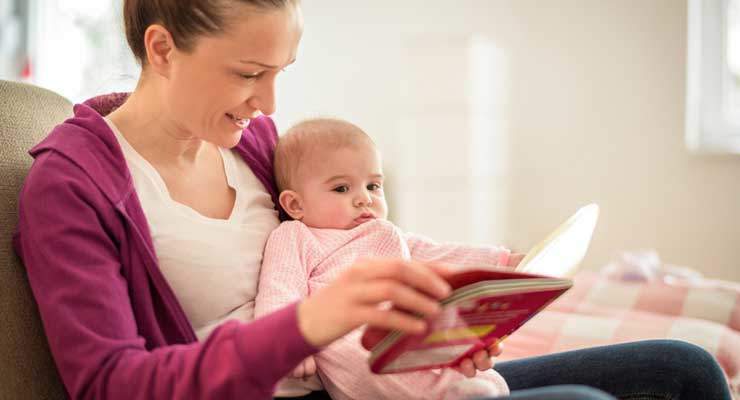Nowadays, it is just as common for children to be in a single-parent family than a traditional two-parent family. Due to divorce rate, delays in marriage, and those shunning the institution of marriage altogether, single-parent families are becoming increasingly popular [Source]. There are many advantages and disadvantages for children of single parents.
Disadvantages
Listed below are the most common disadvantages to being a child from a single-parent family:
- Decrease in income. Amidst the other disadvantages, a decrease in income can affect how much time and money parents have to spend with their children.
- Schedule changes. Children may need to adjust to changes in time management. Parents will be busy filling the roles of two parents, and everyone’s schedules will be affected.
- Less quality time. Single parents may find it difficult to spend quality time alone with each child.
- Scholastic struggles. Perhaps children’s decreased motivation is to blame for high rates of absenteeism, low test scores, and high dropout rates.
- Negative feelings. Some children feel so upset about the situation that they will blame the parents for problems in their relationships.
- Sense of loss. Children may feel they have lost a protector or a guide. This sense of loss could lead to high rates of anxiety and aggression and children using their upset feelings to manipulate the parents.
- Relationship difficulties. Children of single parents usually have unresolved feelings of anger. These children usually find it difficult to form successful relationships.
- Problems accepting new relationships. Children may find it difficult to bond with potential partners of the single parent.
Advantages
Although they may find it hard to look at the bright side, there are advantages to being a single parent:
- Fewer arguments. Parents regularly separate so they won’t fight in front of the children. Having fewer arguments will make the environment less stressful and make them feel more secure.
- Good role modeling. For children whose parents were in an unhealthy relationship it may be easier to understand that life can be managed without a partner and there is no reason to be in a relationship for fear of doing it alone (or differently).
- Teaches independence and responsibility. Because single parents are already so busy, children should be encouraged to be like the member of a team and do some things by themselves. Feeling part of a team helps children consider others, establish a good work ethic, and improve self-esteem and self-worth.
- Easier to understand expectations. Expectations are clearer when there is no one to contradict. (Discipline can still be a problem for parents who share custody, so they should discuss their expectations frequently.)
- Sense of community. Single parents often need to rely on others to help in caring for the children; introducing children to unknown organizations, friends, and family members can help teach them that they can find support outside of immediate family.
- Close feeling. Children can learn a shared responsibility for the life of the family. In fact, children from single-parent families are usually closer to the family than those from a traditional family environment.
Conclusion
Parents and children undergo some difficult changes when they go from being a traditional family to a single-parent family. However, the disadvantages can be managed and countered with the advantages. Single-parent families can be just as successful as dual-parent families; it may just require a little more work.





